
Principal Investigator: Dr Julia Bailey (Phase 1, fieldwork and website development)
Chief Investigator: Professor Judith Stephenson (Phase 2, online trial)
Collaborators
Professor Ann Blandford, Dr Andrew Copas, Dr Preethy D’Souza, Ms Ana Gubijev, Ms Rachael Hunter, Professor Sandy Oliver, Professor Greta Rait, Professor Jill Shawe
2015 to 2018
Project aim:
To develop and test the Contraception Choices interactive website for contraception choice
Background
Unplanned pregnancy is very common, even when contraception is free.
Unplanned pregnancy and unplanned births affect the health and wealth of women, children, families, and wider society.
There are a myriad of myths, misunderstandings and concerns about contraception which can put people off choosing and using effective methods. People increasingly look online for information, and can come across misleading, frightening stories.
The Contraception Choices website provides evidence-based information and decision support for informed choices about contraception. The site provides information on the effectiveness, benefits and side effects of a range of contraceptive methods, and addresses common concerns. Contraception Choices presents clear information about the pros and cons of different methods, interactive graphics, videos, and the What’s Right for Me? interactive tool to help women choose a method of contraception tailored to their preferences.
Study Methods
We found out more about the barriers to choosing and using contraception, and women’s priorities and concerns. We then developed the Contraception Choices website, and tested it in an online trial. We -
Carried out extensive systematic literature reviews
Analysed YouTube™ videos about contraception
Interviewed young women and carried out focus groups to explore barriers, benefits, concerns, myths and misconceptions about contraception
Co-designed the Contraception Choices website in collaboration with young women and a software company (Moore-Wilson)
Conducted an online trial to see whether the website prompted women to choose more effective contraception methods
Interviewed women to ask whether and how the website helped them
Study results
Review of evidence
Successful contraception choice and use is complicated, and is strongly influenced by factors that are often outside individual women’s control. Use of contraception is influenced by the perceived likelihood and appeal of pregnancy, relationship status, knowledge, beliefs, and perceptionsof side effects and health risks. Male partners have a strong influence on contraception uptake, as do the views and experiences of peers, and
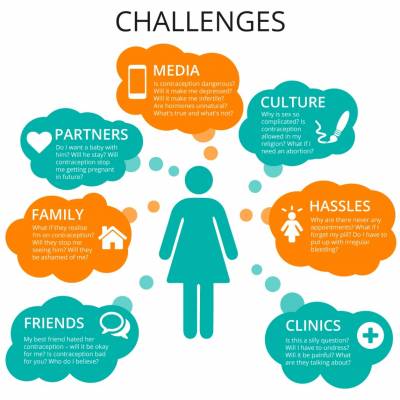
family members. Lack of education and poverty is linked with low contraception use, and social and cultural norms influence expectations of family size and timing. Contraception use also depends upon whether methods are available, and whether health services are accessibile, confidential and affordable. The attitudes, behaviour and skills of health care personnel also influence contraception uptake, choice and use.
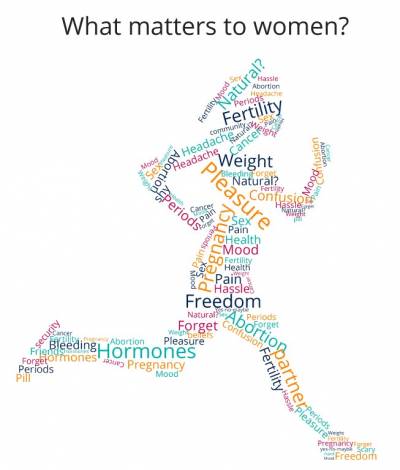
Women’s views of the Contraception Choices website
The website was popular with young women for its design, presentation of trustworthy information, and guidance in choosing a method tailored to individual preferences.
“It’s what I’ve always looked for, a clear way to compare methods of contraception and find the best for you, with in-depth information about how they work.”
The website helped women feel more prepared before clinic visits:
“It has made me feel more confident. Prior I didn't really have anyone to speak to about contraception and I didn't feel comfortable discussing it with my doctors so this bridged the gap.”
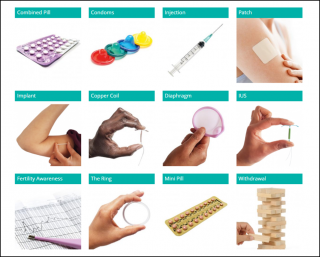
“I think it’s really good to go in prepared with what you’ve looked at and have an idea in your head before you make a decision about it.”
Contraception Choices helped women to consider different methods:
“It has brought my attention to the copper coil - I didn't know there was a highly effective method that doesn't contain hormones”
However, cuts to services meant that women could not always get the methods that they wanted:
“Long waiting times. GP did not offer the services to get implant fitted. Lack of sexual health clinics in my area means very long waiting times.”
Online trial results
The Contraception Choices website prompted women to choose different contraception methods, but they swapped to less effective methods as well as to more effective methods. There was no difference in satisfaction with methods, but satisfaction levels were high at baseline.
Conclusion
The Contraception Choices website is useful in helping women to make informed choices about contraception, which is the first step in accessing and using reliable contraception.
Contraception Choices now has 15,000 visitors a month.
There are a number of ways to offer the website in clinic settings:
On waiting room walls - Printable posters with QR codes
On waiting room TV screens - 'Questions about Contraception' digital file
On computer screen in consultation e.g. the effectiveness infographic and the What’s Right for Me? decision tool
Link in text messages (e.g. confirming appointments, or with results)
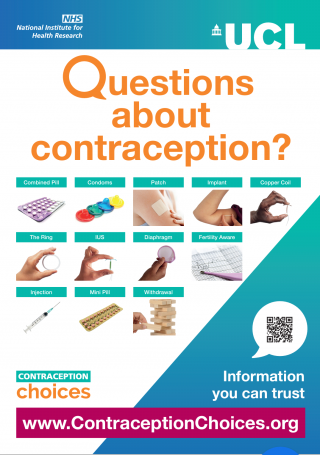
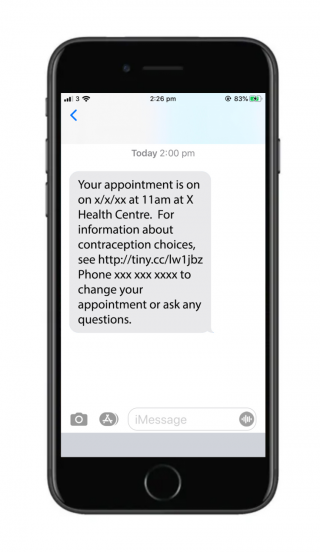
Funded by
NIHR Health Technology Assessment Programme 13/79/09.
Increasing uptake and adherence to long-acting reversible contraceptive (LARC) methods in young women. PI Judith Stephenson
Contact
Project links and documents
NIHR Funding and Awards: Increasing uptake and adherence to long-acting reversible contraceptive (LARC) methods in young women
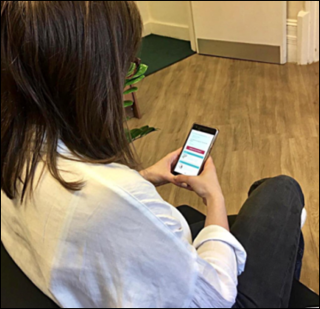
 Close
Close

